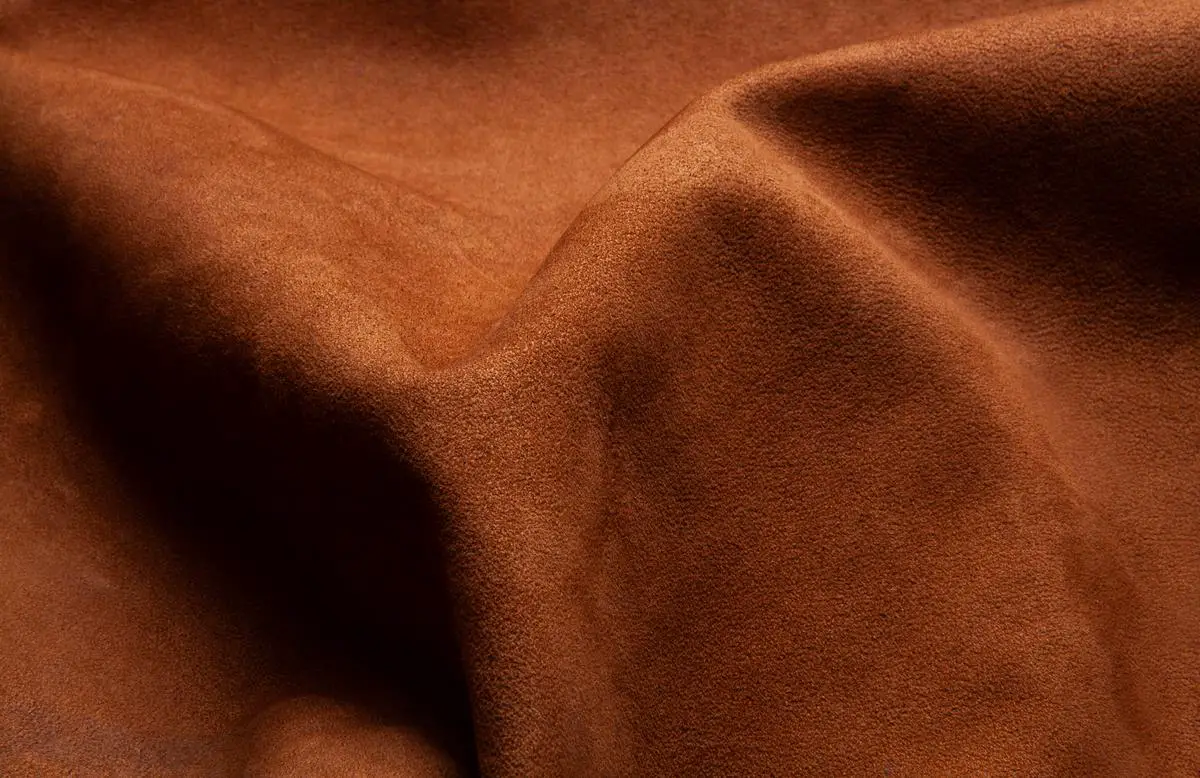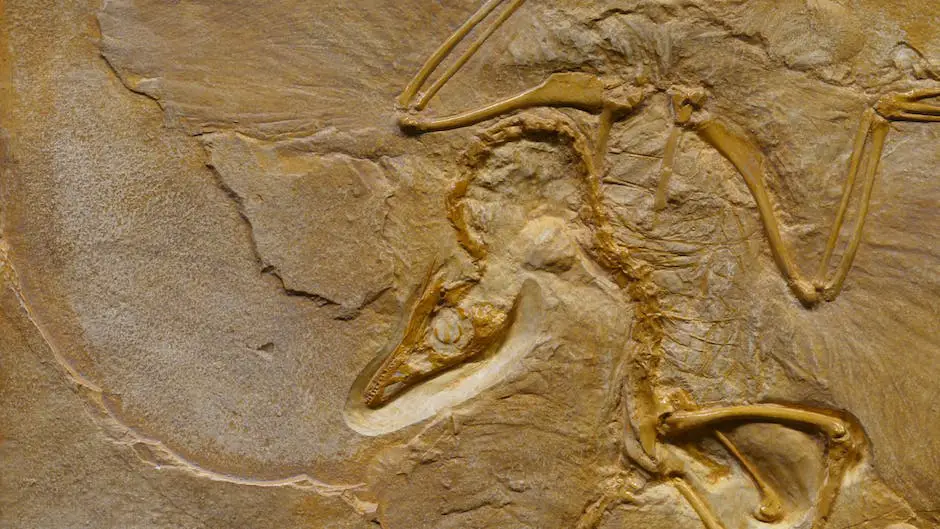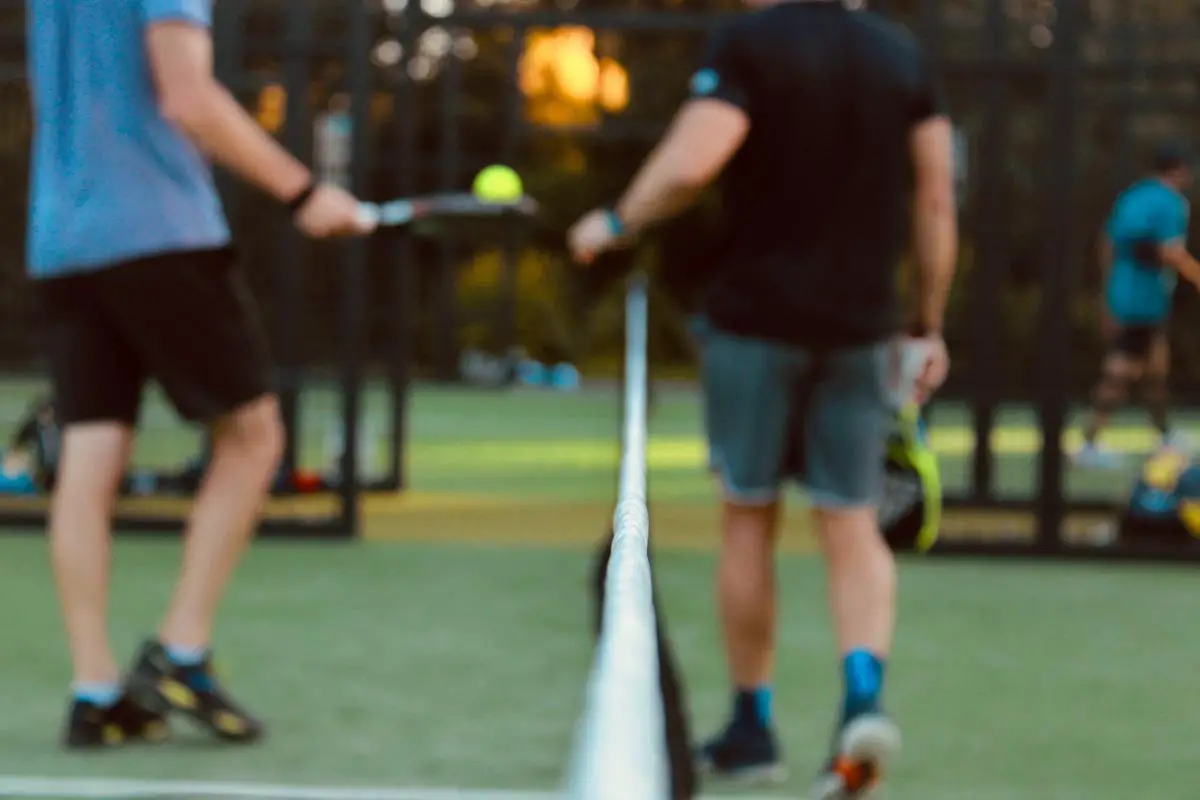The remarkable sport that is Padel Tennis has had an interesting journey since its introduction in the late 1960s. This unique sport, which elegantly combines elements of tennis, squash and badminton, all began with a simple idea from Enrique Corcuera. The Mexican sports enthusiast not only conceptualized the sport, but also marked the genesis of its indispensable equipment, the Padel racket. From the first prototype hand-crafted in Mr. Corcuera’s home to the precision-engineered, high-performing instruments that we see in Padel courts today, the evolution of this crucial piece of equipment tells an enthralling story of innovation, resilience, and technology’s influence on sport.
Origins of Padel Tennis and its Equipment
Origins of Padel Tennis and Introduction of Padel Rackets
Padel Tennis, often simply referred to as ‘Padel’, originated in Mexico in 1969. The game was invented by Enrique Corcuera, who improvised a tennis game on his property in Acapulco, due to space constraints. Corcuera had a relatively small area, and to maximize the use of this space, he built walls around the court which could be used in play, a feature that mirrors the design of a squash court.
The creation of the Padel racket can also be attributed to Corcuera. To suit this new game, he needed to create a racket that was distinctly different from those used in lawn tennis or squash, leading to the birth of the Padel racket.
The Padel Racket: Initial Designs and Materials
The very first padel rackets were quite basic in design, featuring a distinctive round shape, unlike the oval frames used in tennis. The rackets were crafted from wood and were devoid of strings. They were solid and small, designed to fit into the enclosed space of the Padel court.
With the passage of time and as the popularity of the sport grew, modifications were made to the original design of the Padel racket. Somewhere around the 1980s, the shape of the racket transitioned from round to diamond-shaped, designed to enhance the power of the game. This diamond-shaped design, while still available, is less commonly used today, with the original round shape still preferred by most players due to its wider sweet spot and better control.
Alongside the change in shape, the materials used to construct the rackets also evolved. Wood was replaced with more innovative materials like carbon fiber and fiberglass, sometimes combined with a foam or rubber core, to provide better durability, power and control.
Enrique Corcuera: The Creator and his Mark on the Sport
Enrique Corcuera, the originator of Padel, should be acknowledged for the initial paddle racket design as well. The concept for the sport was borne from his cleverness in utilizing a confined space, giving birth to both the distinctive Padel court and the adaptive racket. The game swiftly attracted the attention of Enrique’s acquaintances and visitors, including Spanish prince Alfonso de Hohenlohe. He was so captivated by Padel that he installed a court at his Marbella Club on the Spanish Costa del Sol.
The evolution of Padel rackets mirrors the transformation of the sport itself. Beginning as a simple game designed for a small space, Padel has bloomed into a sport acknowledged worldwide. Current rackets are enhanced by sophisticated technology, designed to match diverse playing styles. Yet, the core characteristics of Padel rackets have remained consistent, paying tribute to Enrique Corcuera’s original ingenious design.

Photo by noahkroes on Unsplash
Evolution of Padel Rackets
Genesis of Padel Rackets: Origins and Early Enhancements
The birth of Padel rackets is directly tied to the inception of the sport in 1969, when Mexican Enrique Corcuera dreamt up a game that combined aspects of squash and tennis. The initial design of the rackets were simple wooden blades. These early renditions had no strings, serving more as extensions of the player’s hand in a manner similar to squash or racquetball. The handles were usually padded for improved comfort and grip during play.
Major Changes: From Wood to Composite Materials
Major shifts in the padel racket’s construction came about in the 1990s. Predominantly, the transformation involved a transition from wooden rackets to those made of composite materials. This change made the rackets more lightweight and durable, enhancing their performance characteristics tremendously. Material alterations also permitted customization of the racket for various levels of play, with professionals and beginners alike able to find rackets tailored to their specific needs.
The early composite rackets were a combination of fiberglass and carbon. Fiberglass offered a middle ground between flexibility and rigidity. Carbon, on the other hand, offered durability and stability. The mixture of these two materials provided a game-changer in the realm of padel rackets.
Incorporation of Technology and Design Advancements
Newer versions of padel rackets as well benefitted from technological advancements. The mid-90s saw an era where padel was garnering international attention—it was during this time the fusion of advanced technology was introduced.
One significant incorporation was the creation of honeycombed cores. This core, usually made of foam or EVA rubber, improved the overall resilience and power of the racket. The foam core offered a softer feel and was generally favored by players who sought a more comfortable and controlled game. In contrast, EVA cores were harder, providing substantial rebound and power to the player.
Another significant development was the change in the racket’s shape. Traditionally, all rackets were round, but with advanced technology and research, rackets came in various forms—rounded, teardrop, and diamond-shaped. These shapes had different attributes, offering heightened control, power, or a balance of both, depending on player preference.
Modern Padel Rackets: Customizable & Tech-Infused
The modern era of padel rackets has taken a lead from tennis rackets, introducing a broader range of personal customization. From grip size to string tension, players can now modify almost every aspect of their racket to enhance their gameplay.
The evolution has been influenced by various factors ranging from innovation and changes in game rules, to the growing popularity of the sport itself. Manufacturers, guided by the demand for more specialized and individual equipment, have risen to the challenge, researching and developing more advanced and sophisticated rackets. These include the incorporation of graphene, an ultra-light and highly durable material, and the use of smart technology, such as integrated sensors to analyze and improve performance.
Overview
The padel racket’s journey from the basic wooden blades of the 1960s to today’s technologically advanced, customizable versions speaks volumes about the sport’s growth. This trend not only reflects the evolution of padel but also signals its increasing global reach.

Impact of Racket Technologies on Padel Play
A Closer Look: Padel’s Development and the Role of Racket Technology
Originating from Mexico in the late 60s, Padel quickly won hearts in Spain and then across Europe. As the sport’s popularity expanded, so did the technological advancements in padel rackets. The reinvention of the racket over time has significantly impacted the game’s strategies, contributing to its changing face.
Understanding the Evolution of Racket Technology
In the early days of padel, traditional wooden rackets were used, which lacked the robustness and malleability of modern rackets. The sport then witnessed a transition to metal rackets to improve durability. However, these didn’t provide the right balance and ball control that professional players required.
By the 1990s, the sport saw a major technological breakthrough when EVA Rubber (Ethylene-Vinyl Acetate) was introduced into the racket manufacturing process. This material improved overall racket performance, providing enhanced control and reduced arm fatigue. Teknifibre, a renowned brand in the padel racket industry, introduced T-Flex, an innovative technology that enhances accuracy, control, and power during play.
Impact on Padel Strategies
The introduction of EVA Rubber rackets changed the strategies of the sport significantly. Players could hit the ball with more precision and control, leading to a more strategic and less physically draining game. It also allowed for greater shot diversity, adding a new dimension to the sport.
Additionally, punch shots executed with these rackets deliver high-speed returns, requiring opponents to modify their defensive strategies. This change of style in the sport led to a general shift from a more defensive game to defensive-offensive gameplay, reflecting the influence of racket technology.
Impact on the Popularity of Padel
Modern technologies not only enhanced the gaming experience but also played instrumental roles in promoting the sport. For instance, varlion, one of the most prominent manufacturers, introduced Hexagon Frame technology, which offers greater resistance to torsion forces, providing superior control over the racket.
Technological advancements in padel rackets, from quality improvement to performance enhancement, played a crucial role in making the game more accessible and appealing. The easier ball control offered by modern rackets attracted more newcomers to the sport, significantly increasing its popularity.
Perspectives from Professionals
Professionals and coaches in the industry have acknowledged these technological advancements’ positive impacts. Players have been able to adapt new strategies, thanks to these user-friendly rackets, offering improved power and control.
According to renowned Padel player Juan Martin Diaz, “the technical development of our rackets allows us to continue evolving as athletes. New materials, weight distribution, and shapes have made the game faster and more dynamic.”
Looking at the evolution of Padel rackets, it’s clear that these changes have greatly influenced the sport. Shifts in tech and design have brought drastic impacts to players’ strategies, play styles, and even the popularity of Padel. These echoes of change can be felt at every level of Padel, from amateur to professional, marking a transformative period in the sport’s history.

Contemporary Padel Rackets: Analysis and Review
Diving into the History of Padel Rackets
The journey of Padel rackets has been truly remarkable since the sport first originated in Acapulco, Mexico, in 1969. The initial rackets were simpler, often just solid wooden bats without any holes – quite different from what we see today. The modern Padel racket is the product of extensive engineering, signifying the sport’s progressive evolution over the decades.
Material Evolution and Technological Advancements
Materials and technology incorporated in the design and manufacture of padel rackets have significantly evolved over the years. The older version of wood was soon replaced by foam and fiberglass as producers sought to enhance racket durability and playability. Later years saw the inclusion of carbon fiber, which offers superior strength and lightness. This blend of materials provides enhanced power, preciseness, and control to the players.
In recent years, manufacturers have begun incorporating graphene, a material known for exceptional strength and lightness. The novel utilization of materials like Kevlar and aluminum into the design and construction of padel rackets is also seen. Brands like Nox, Bullpadel, and Adidas are known to incorporate such materials into their rackets to give players a unique edge on the courts.
Brand Analysis
Brands have played a significant part in the transformation and enhancement of padel rackets over the years. Some brands, like Nox and Bullpadel, have led the pack when it comes to introducing new and innovative products.
Nox, for instance, offers a wide range of rackets, including those made used carbon and other composite materials. Their ML10 Pro Cup Silver, with shock absorption system and rugged outer shell, is famous among many professional players.
Bullpadel, on the other hand, is known for their flagship product, the Vertex-02, a choice for many world-class players. This racket’s power is derived from the use of MultiEva rubber and Xtend Carbon 18k carbon fiber, combined with Glaphite technology.
Adidas, a world-renowned sports brand, also manufactures top-class padel rackets. Their Adipower 2.0 racket stands out due to its power balance and sturdy construction. It incorporates materials like Carbon Aluminized Fiber and dual-density foam to enhance power and control.
Customer and Professional Opinions
Customer and professional reviews significantly influence the demand and reputation of a particular racket or brand. Many professionals agree that the continuous technological and material advancements in padel rackets have had a positive impact on the sport. They note improved power and control brought on by the new material incorporations including graphene.
Customers too have voiced positive opinions, most notably about carbon fiber rackets. They praise the exceptional strength, lightness, and improved control these rackets offer. Discrepancies arise, however, when considering power and comfort levels as they often vary from player to player.
In conclusion
The evolution of padel rackets has seen remarkable growth and advancement over the years. Improved technologies and materials continuously enhance player performance and transform the sport. Despite variances in player preferences and levels, the future of padel rackets looks bright, embracing innovation and advancement towards improved player performance.

The continuous evolution of Padel rackets, driven by design modifications, advances in technology and the dynamics of the sport, reflects a broader shift in how we approach sports and sports equipment today. The changes in these rackets have not just altered the physical game, but have also paved the way for new strategies in the sport, and arguably, impacted its popularity. It is fascinating to speculate how emerging technologies and materials will further shape the future of these rackets, and by extension, the game of Padel Tennis. Through the lens of Padel rackets, we see the intertwining of sport and innovation, and it is clear that the journey is far from over. As enthusiasts, players or just spectators, we eagerly look forward to what the next advancement will bring to this captivating sport.